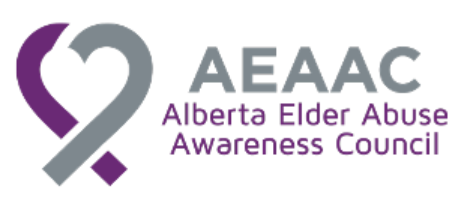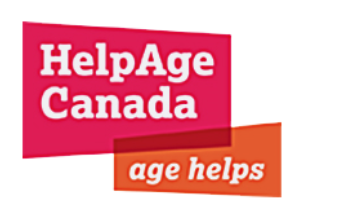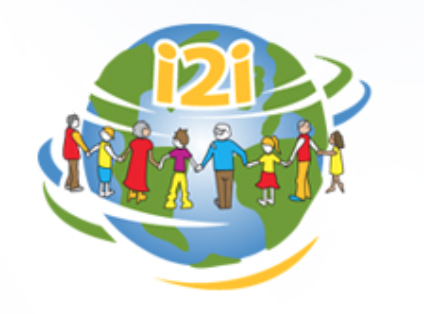- Details
- Published: 16 January 2017
This blog is about the progress of my PhD study entitled “Pioneers in Aging: Voices of Rural-Dwelling Women Age 85 and Older”. I see these women as pioneers because they are living beyond the age of Canada’s current life expectancy and are blazing a trail for those coming behind them. My study focuses on the lived realities of these women and how social structures support or limit their ability to age-in-place.
The Method
My definition of rural dwelling is living at least 1 kilometre from an essential service such as a grocery store, a pharmacy, a bank or a doctor’s office. The women can be living alone or with someone, but not in a care facility.
In this qualitative study, I am using photovoice as the main method of data collection to raise the voices of women through photographs and dialogue. Photovoice has many advantages:
- it enables researchers to understand the world from the viewpoint of people who lead lives that are different from those traditionally in control of the means for imaging the world;
- it enables people to describe their perceived needs through visual imagery;
- it encourages the resourcefulness and viewpoint of vulnerable populations;
- it is accessible to anyone who can learn to handle a camera and does not presume the ability to read and write.
- the photovoice approach respects the knowledge from the participants as an essential source of experience and enables the participants to express and communicate their realities.
In the participatory analysis, photovoice participants are involved in a three-stage process that provides the foundation for analysis:
1) Selecting: choosing those photographs that they have taken that most accurately reflect their situation;
2) Contextualizing: telling stories about what the photographs mean to them;
3) Codifying: identifying those issues, themes, or theories that emerge.
In total, the participants will be involved for approximately six months. I will meet with each participant individually three times, and as a group three times. The first individual meeting is to introduce the study and obtain the consent of those interested in becoming involved in the study. The second individual meeting is to conduct initial interviews. The next meeting is a group meeting which enables participants to meet each other, learn about their cameras, practice taking pictures and discuss picture possibilities. Participants will then take the cameras home for two to three weeks to take pictures of what they experience as supporting or limiting their ability to age-in-place. The third individual meeting will be to contextualize the five photos they have chosen to represent their reality. The second group meeting will provide the participants with an opportunity to share their photographs and to begin the codifying process as a group. The third and final group meeting is an open meeting where friends, family and decision-making government stakeholders are invited. Participants can choose to have their names associated with their pictures, or not. They can also choose to describe their pictures, or not. It is also an opportunity for the participants to explain or discuss their own situation and to offer advice if they feel it appropriate. I have just completed the first two individual meetings and am preparing for our first group meeting. Winter time in PEI will require ensuring that travel conditions are acceptable to the participants since they will be providing their own transportation.
Getting the Word Out
Because ethics did not allow me to contact possible participants directly, I had to first find a way to get the information out to the public about the study. I contacted the local media about my study and several graciously covered the story. The study was featured in the daily newspaper, the Guardian; on the popular evening news Compass on CBC PEI, and on the local late night news. These outlets promoted the study and provided my contact information (see stories attached). I also attended several meetings involving seniors and distributed flyers. The media coverage prompted the most responses.
The Team
To date, I have cond
The advisory committee members (they call themselves “Team Olive” – see picture) have been very supportive and have provided direction, critique and funding suggestions. The major expenses are the cameras and group meeting refreshments, but with the help of individual committee members, I have found funding support for both. Other expenses include support for the participants’ transportation, printing, communication, and materials for meetings. I am still seeking support for that and have submitted a proposal for research funding.
Although this study is in its infancy, I am looking forward to working with these amazing women over the next six months to learn about their lives, how they are coping with the realities of their aging process and what advice they might have to offer about aging-in-place. My progression is on track and I am looking forward to completing this study by March 2018.
I invite advice and direction from anyone with experience using Photovoice voice with older adult’s specifically older women.
About the author
 Olive Bryanton is an 80-year-old PhD Candidate from the University of Prince Edward Island (UPEI). She was a member of the Premiersè Action Committee, of World Elder Abuse Awareness Day PEI and a member of the CNPEA Board until 2016. A lifelong learner and an advocate for older adults, Olive received an honourary degree from UPEI in 2000.
Olive Bryanton is an 80-year-old PhD Candidate from the University of Prince Edward Island (UPEI). She was a member of the Premiersè Action Committee, of World Elder Abuse Awareness Day PEI and a member of the CNPEA Board until 2016. A lifelong learner and an advocate for older adults, Olive received an honourary degree from UPEI in 2000.

















